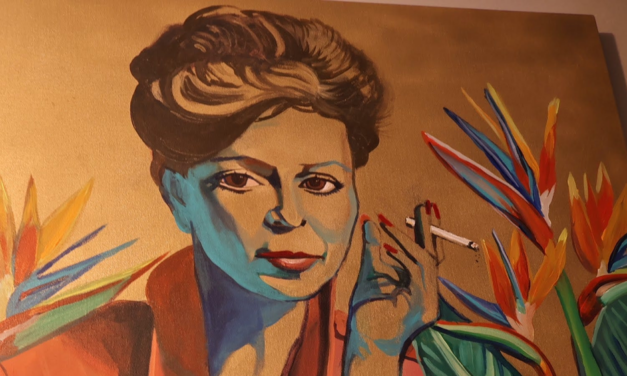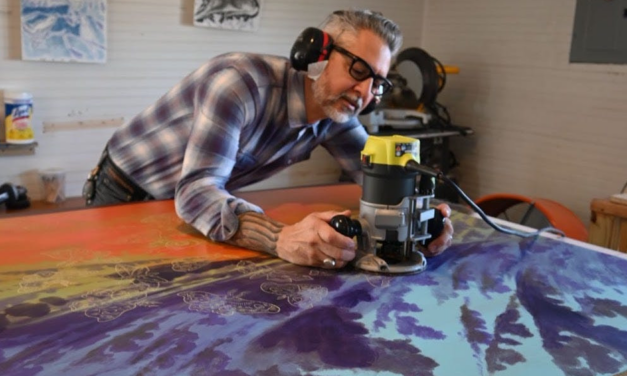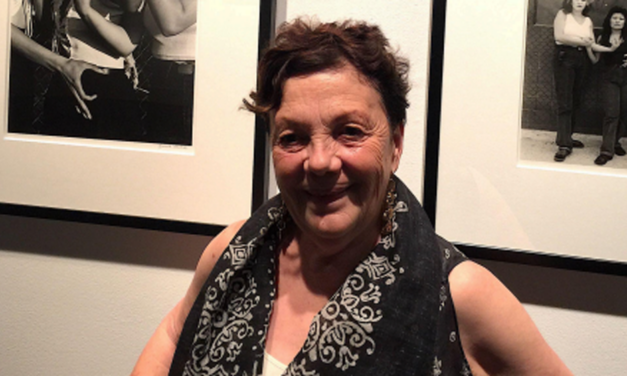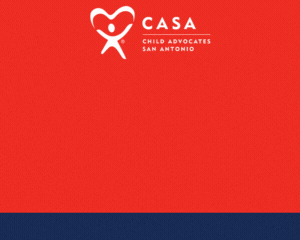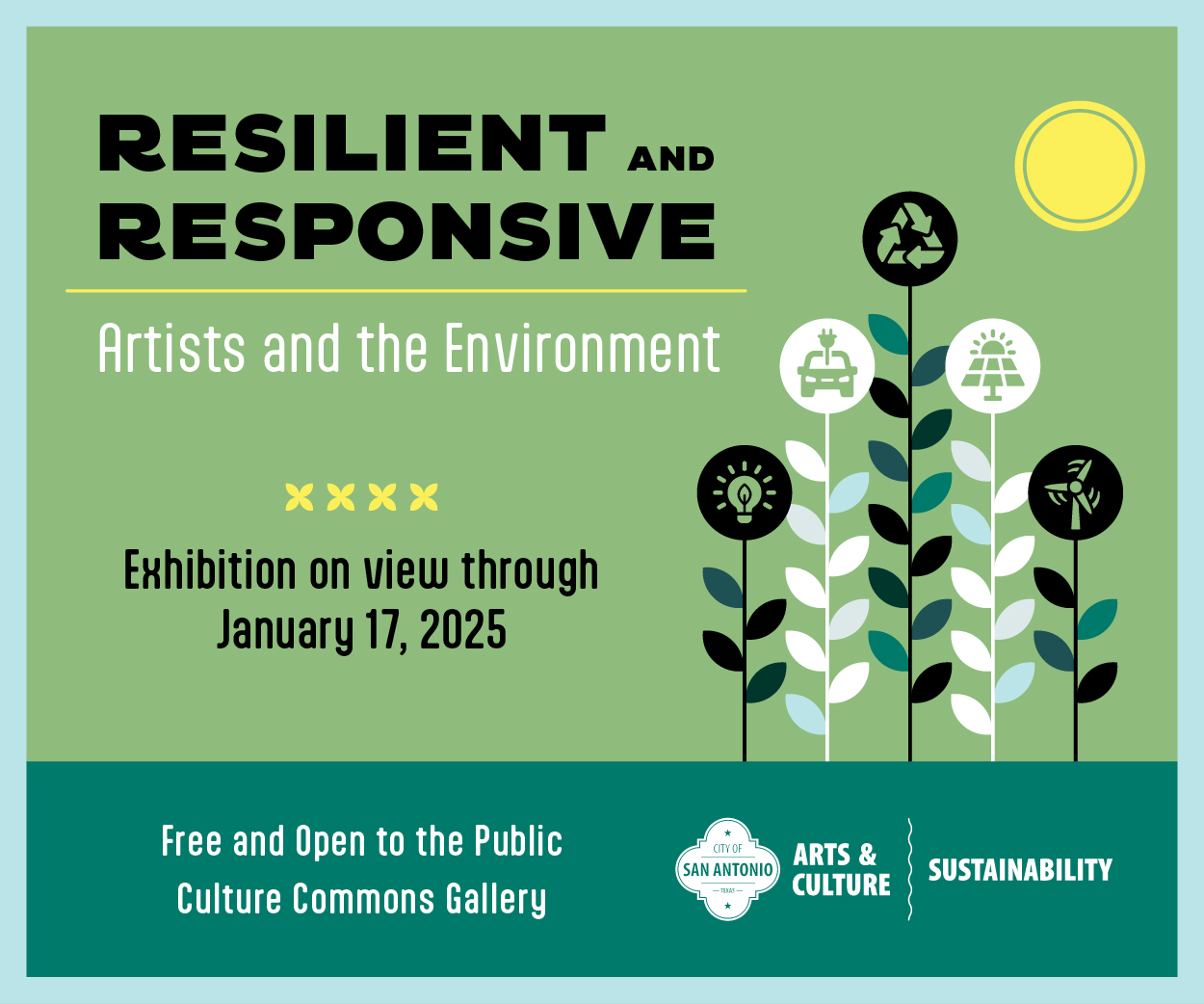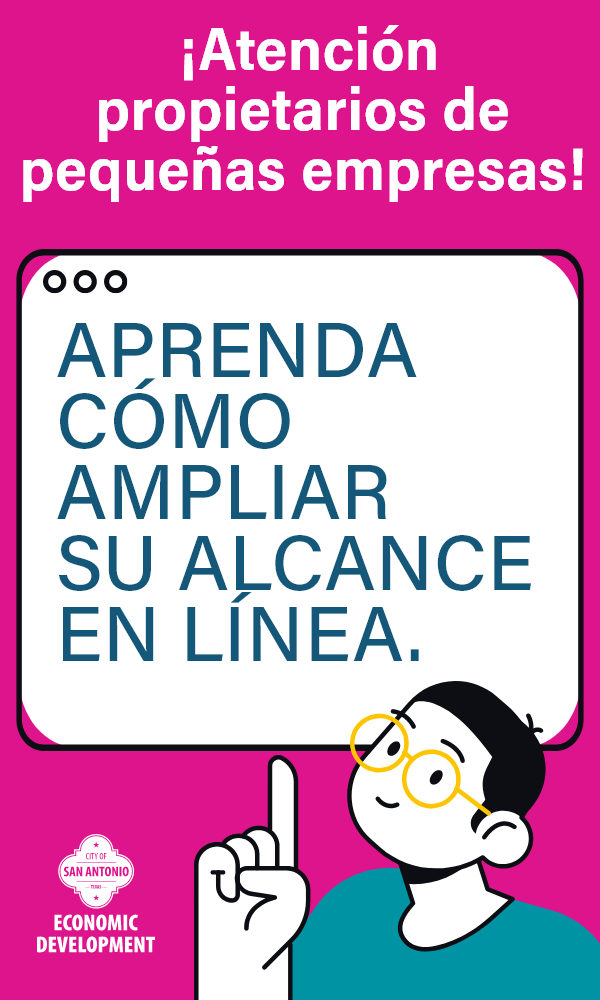Why are academically gifted students from Latino families less likely to attend topranked colleges and universities than equally smart kids from Black, White, or Asian families? Friends and family I have spoken to have told me they couldn’t afford it. Nearly half Latinos who go to college attend a community college near their home. It is usually what their parents did if they attended college at all. Among college-goers, 30% of whites, 32% of Asians and 36% of blacks go to a community college. What many of us don’t know is that many of the top schools have need-blind admissions and offer financial assistance that would cover nearly all the costs for the neediest students. Unless you come from a college educated family, it is not always clear how college admissions work. Colleges should do a better job of giving access to the tools we Let’s talk about it… By Yvette Tello need to be informed college consumers. The availability of need-based financial aid for all families including middle and even upper middle class families, should be better publicized. Families should be taught to assess a college’s affordability based on the price paid after financial aid. Did you ever consider attending a top-ranked college or consider it for your child? What kept you from doing it? Let’s talk about it…
Celeste de Luna: Latina Artist, Printmaker, and Educator
Facebook Twitter Google+ Gmail Print Friendly Like 0 An exhibit at the Guadalupe Bookstore in San...
Read MoreCristina Sosa Noriega: A Latina Artist with Vision and Creativity
Facebook Twitter Google+ Gmail Print Friendly Like 0 Cristina Sosa Noriega is excited about...
Read MoreRuiz-Healy Gallery Features Latino Artist Ricky Armendariz In New York City
Facebook Twitter Google+ Gmail Print Friendly Like 0 A new exhibit, The Gods Wait to Delight in...
Read MoreLatino Art Enhances San Antonio’s Public Spaces
Facebook Twitter Google+ Gmail Print Friendly Like 0 The lead article of the New York Times...
Read MoreGraciela Iturbide’s Photographs Capture Mexico and Latinos in the U.S.
Facebook Twitter Google+ Gmail Print Friendly Like 0 In the early 1980s Mexican photographer...
Read More


